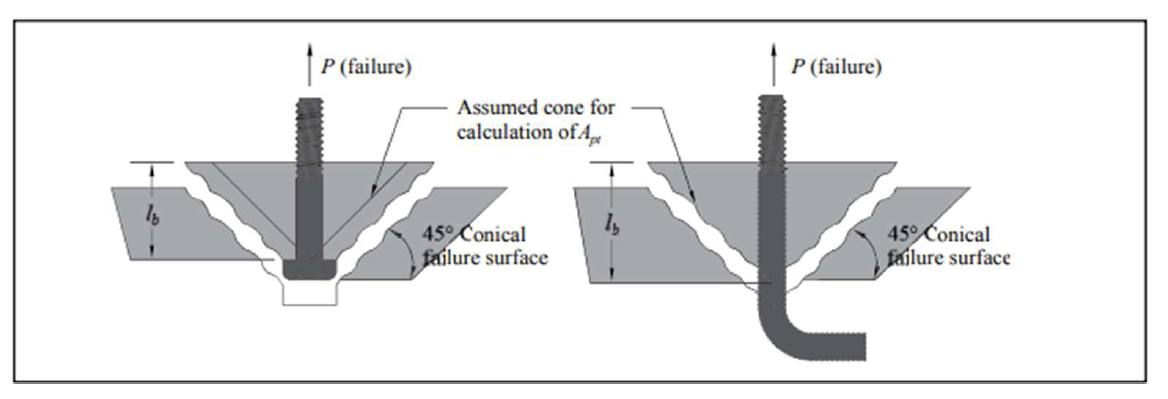Rumi Shrestha, Hannah Kessler, Laura Redmond and Prasad Rangaraju
Rumi Shrestha,Graduate Research Assistant, Glenn Department of Civil Engineering, Clemson University, S Palmetto Blvd., Clemson, SC, USA, rshrest@clemson.edu
Hannah Kessler, Graduate Research Assistant, Glenn Department of Civil Engineering, Clemson University, S Palmetto Blvd., Clemson, SC, USA, hfdilli@clemson.edu
Laura Redmond, TMS Member, Assistant Professor, Glenn Department of Civil Engineering, Clemson University, S Palmetto Blvd., Clemson, SC, USA, lmredmo@clemson.edu
Prasad Rangaraju, Professor, Glenn Department of Civil Engineering, Clemson University, S Palmetto Blvd., Clemson, SC, USA, prangar@clemson.edu
ABSTRACT
Reduction in structural mass, improvement in thermal performance, and reduction in shrinkage cracking through internal curing are some of the reasons that lightweight aggregates have been
used in structures and pavements for decades. However, lightweight grout is still not permitted for use in reinforced masonry construction by the TMS 402-16 code. In order to realize the benefits of lightweight grout in U.S. reinforced masonry construction, a codified procedure for its use is required which must be informed by experimental testing. The objective of this paper is to study the behavior of anchor bolts under tension within CMU assemblies constructed with two types of lightweight grout, one with expanded clay aggregates and the other with expanded slate aggregates and determine if current TMS 402-16 equations are appropriate to predict design capacity. Ten CMU wall panels (5 specimens for each lightweight grout type), fully grouted with lightweight grout and cast-in-place bent bar anchors, were constructed and tested in static out-of-plane tension in accordance with ASTM E488 as permitted in TMS 402-16. The TMS 402-16 predicted capacities are found to be conservative compared to the tested capacities of the specimens. Additional discussion is provided to compare the results of this dataset to previous studies of lightweight concrete and lightweight grout in the literature and suggest next steps towards codifying the use of lightweight masonry grout.
KEYWORDS: anchor bolt test, bent bar anchors, lightweight aggregates, lightweight grout



